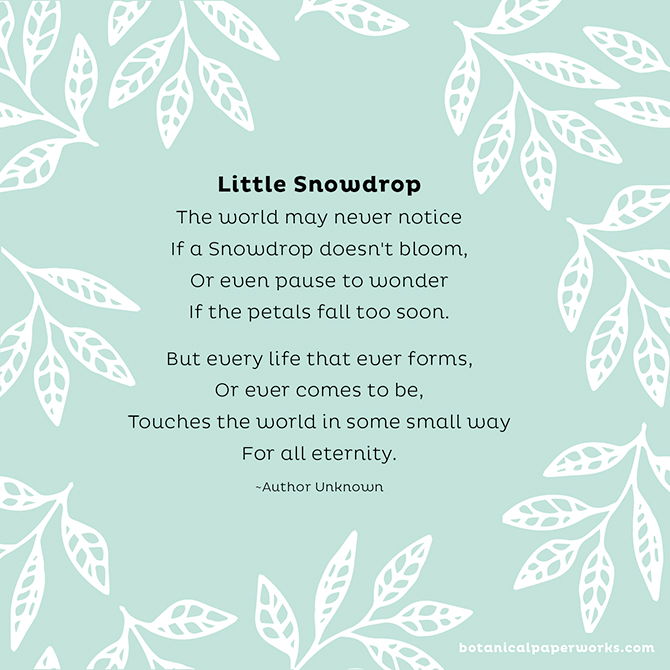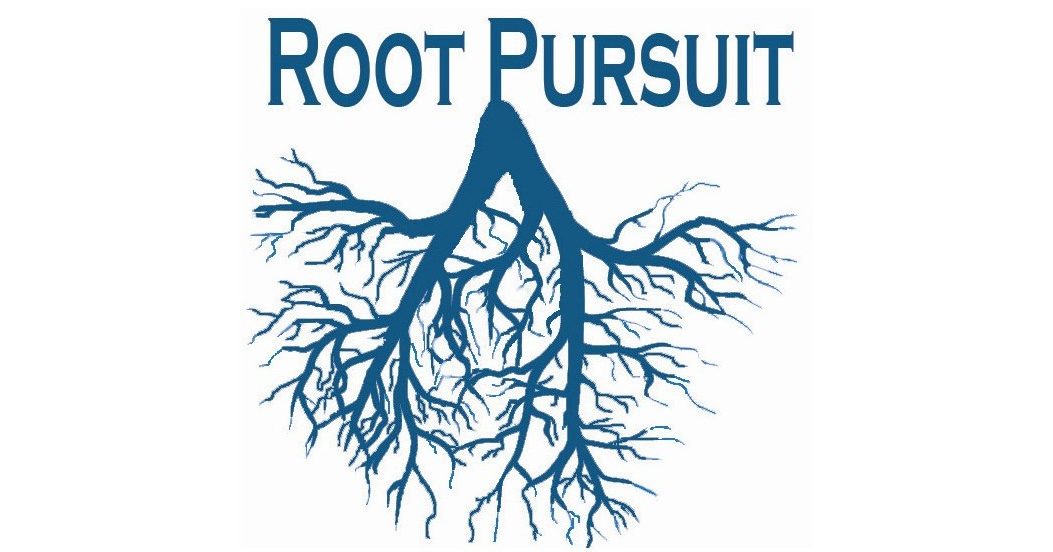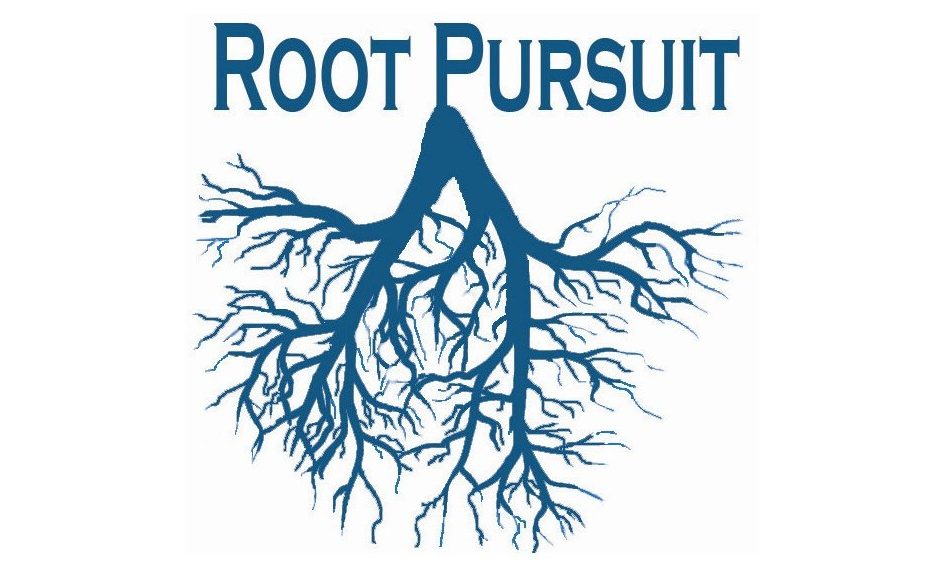Funeral books and memorabilia – they are a way to record the final stage of life: death.
Growing up, my mother always impressed on me the importance of signing the funeral book. It was a way to let the grieving family know about your presence and support. As a genealogist, these records can provide valuable information. I am delighted when I find that small cardboard box that is sure to contain evidence that seems frozen in time. Here’s why:
Funeral Books
Funeral books can verify dates. Most funeral books have an information page or sometimes a family record at the front of the book. This is often a typed page, but it can also have hand-written information with the name of the deceased, their date of birth, and their date of death.

My great-grandfather’s funeral book, for instance, listed the names of the deceased, who his father was and where he was born, who his mother was and where she was born, and the name of his, my great-grandfather’s, wife. His funeral book also listed the name of his four children.
Funeral Programs
Funeral programs can verify burial information. Find A Grave or Billion Graves are amazing resources for genealogists. However, the biggest challenge is an unlisted ancestor. My mother always claimed that her grandparents were never interred anywhere because they were cremated. Find A Grave didn’t have them listed either.
When I reviewed my great-grandmother’s funeral program, it told a different story. There was a cemetery listed, and when I called to confirm that my great-grandmother was interred there (and if she had a marker) the staff was so helpful they located the grave, provided the information, and took a picture for me!
Funeral Memorabilia
Funeral memorabilia can document historic mourning rituals. I’ve seen several funeral books that vary in age by at least 50 years. They’re all a little different. I have several calling cards that we left in old funeral books.
My favorite inherited piece of funeral memorabilia is over two feet tall and dated 1896. It belonged to my 4x great grandmother, Sarah Cox. The memorial features a large white dove in the center with a ribbon in its beak which reads “gone by not forgotten.” Underneath the dove is a wreath of lilies and roses with an hourglass that is half-full.

At one point in its life, it was hung on a wall by a horsehair rope that is still attached to the back with old nails. It confirms her age and her date of death. The message underneath it reads:
Farewell dear mother, sweet thy rest,
Weary with years and worn with pain.
Farewell, till in some happy place,
We shall behold thy face again.
‘Tis ours to miss thee all our years,
And tender memories of thee keep.
Thine in the Lord to rest, for, so,
He giveth his beloved sleep.”
The imagery of the memorial is designed to comfort, the intricate flowers paired with the emptying hourglass are symbolic of life and death, the dove a symbol of peace. Everything about Sarah Cox’s memorial is designed to comfort her descendants.

Funeral memorabilia and items are valuable resources for your genealogical research. Be sure to open the funeral book and flip through the pages – you never know if you’ll find some ancestors hidden in the pages, a previously unknown burial plot, or a peek back into the lives our ancestors lived.





